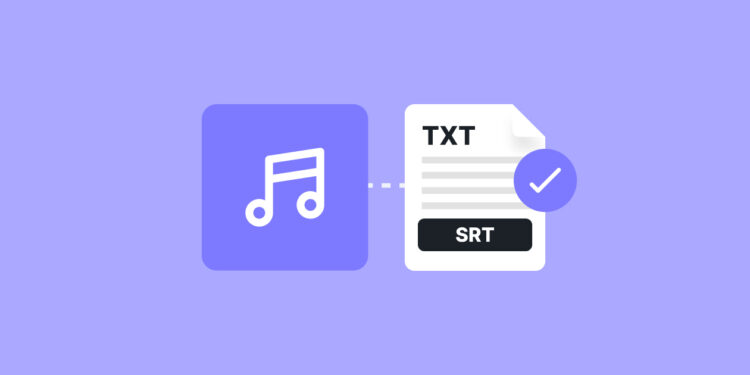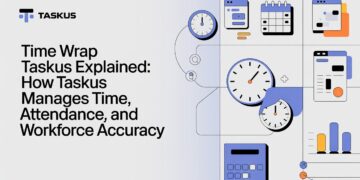Transcribing audio files to text can be a challenging process. Hours of typing are sometimes needed, along with a sharp ear and a keen eye for detail. Adding transcripts to your audio content can help you reach more audiences and expand your online reach. Providing transcripts also lets you improve your SEO with captioned videos and podcasts.
Accuracy
Transcribing to text can be a great way to make an audio file more accessible and useful. However, ensuring accurate transcripts requires careful listening and attention to detail. It is especially important if you’re using your transcriptions for business purposes or in professional settings. Manually transcribing an audio file is a time-consuming process and can be error-prone. Many people use automatic transcription software, which uses voice recognition technology to convert audio recordings into text documents. Though it could be more accurate, this software is typically less expensive than hiring a human transcriber. Popular transcription software applications can turn your audio to text document in minutes with 90% accuracy. Some can use and work with various languages, including English, French, German, and Spanish. It’s crucial to pause frequently and slow down the playing speed of your audio file if you want to receive the most accurate results. It will help you pick up on details that might need to be noticed if you listen at normal speed. Set aside extra time for proofreading and editing, especially if you’re using an automated transcription service.
Time
The time needed to complete your transcription can vary depending on the audio quality and how fast or slow you transcribe. A good transcriber can work quickly and accurately if the audio file is clear and does not contain background noises or multiple speakers with heavy accents. Transcriptions can be saved in various formats, including TXT and SRT (time-stamped transcripts used for video captioning or subtitles). Your file type will depend on how you plan to use the transcript. TXT files are ideal for keeping a record of your transcriptions or sharing them online, while SRT files are better suited to adding transcripts to videos.
The time taken will vary when using an automated software program to transcribe your audio. One hour of audio may need up to four hours to transcribe, depending on the quality of the program and the quantity of audio content you have. Human transcription services can offer a more reliable alternative to automatic transcription software, as they rely on real people who listen to the audio and type what they hear. It could be a quicker and more dependable solution for big projects requiring voluminous audio files or intricate subjects. Using a professional, reputable transcription service can also help you avoid costly errors and embarrassing mistakes that often occurring with speech-to-text programs or DIY transcriptions.
Format
There are many reasons to convert your audio files into transcripts, whether for accessibility purposes, archiving or reference. Consider a few considerations before you begin typing your audio recordings into text. Consider what type of file format you want your transcripts to be. There are different audio file formats, each with advantages and disadvantages. The file format can determine how well the audio plays back and how much space it takes up. You can choose between a compressed format like MP3 or WAV and a lossless file like FLAC. Use an internet provider that supports the format of your video, for instance, if you need to add closed captions or subtitles to a video clip. You can manually transcribe your audio content using a transcription tool, app, or automated transcription service. Automatic transcription uses advanced voice recognition software to create a text transcript of your audio file automatically and is typically the fastest and most affordable option. However, it is prone to errors and may not be the best choice for complex content or difficult accents.
Language
A good transcriptionist should be proficient in English grammar, punctuation and spelling. A solid command of terminology and syntax is also helpful. Understanding what’s being said is essential, as is a keen ear. It is crucial to listen to the audio file carefully, line by line, to make sure the written transcript is accurate. Developing a shorthand to avoid repeating the same words is also a good idea. Lastly, it’s important to consider which non-speech audio information should be included in the transcription and how this will be communicated in the text. For example, the speakers’ names and locations may need to be included in the transcript.
Similarly, any visual content must be transcribed into a written format. By including transcripts in your video and audio files, you may reach a broader audience, particularly those who want greater accessibility. It can also be helpful for search engine optimization as keywords are made visible in the transcript. As with all things, practice makes perfect. Try listening to some audio and transcribing it to see how you do before attempting a real transcription.
Read more interesting articles on Tech new master


















